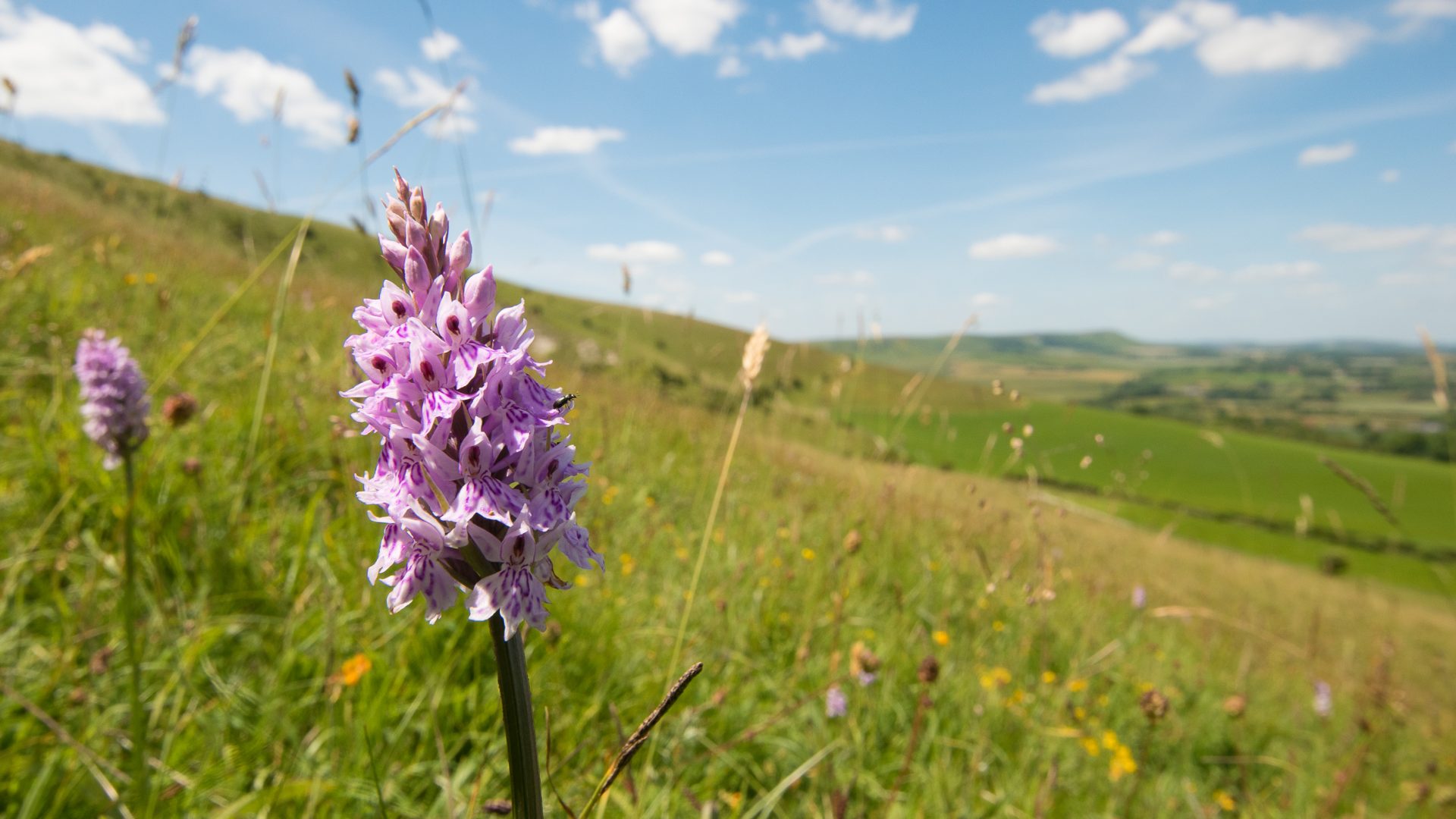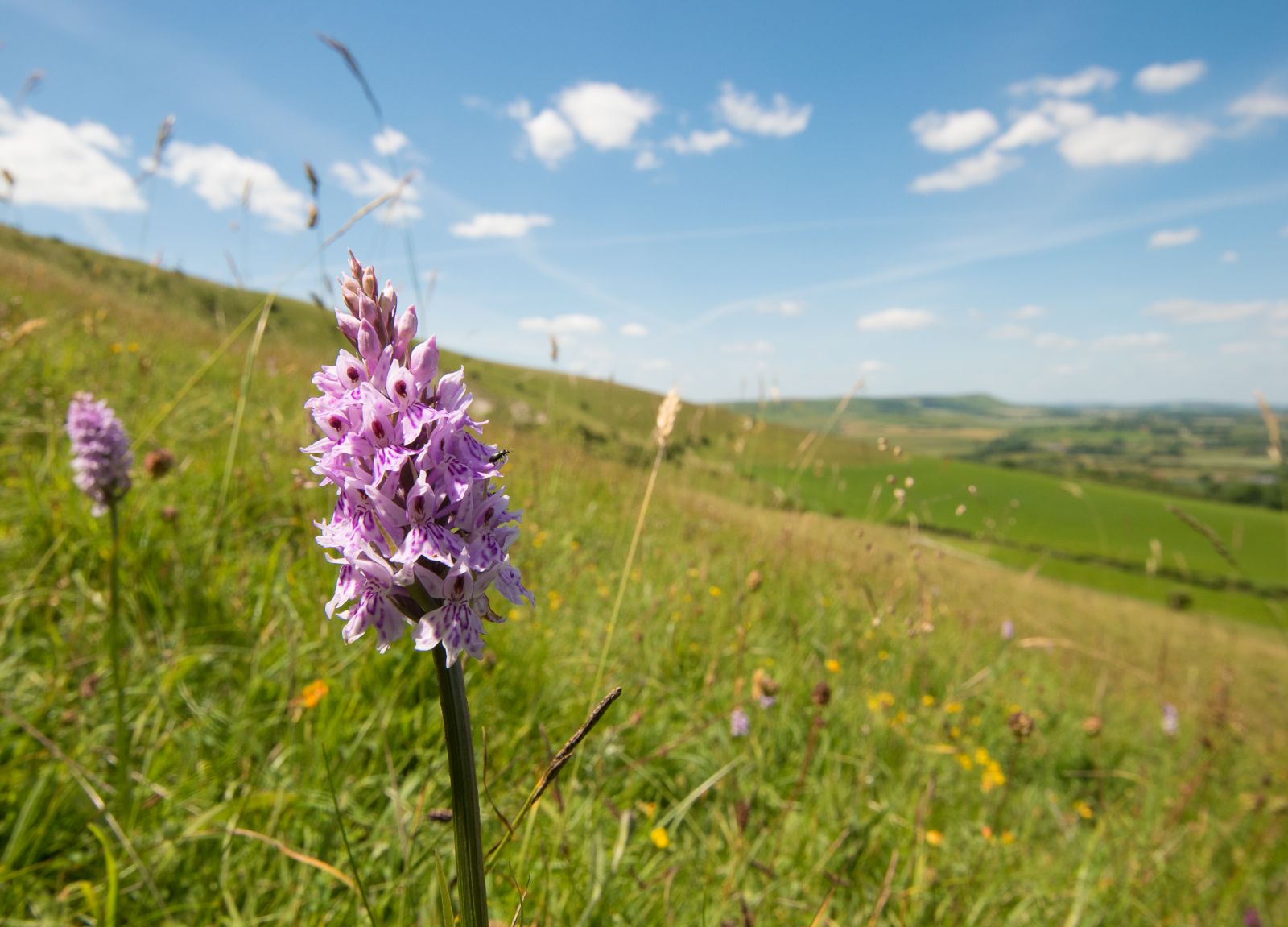
Putting National Parks at the heart of nature recovery
Alison Barnes, CEO of the New Forest National Park Authority and National Parks England Lead Officer for Wildlife and Nature Recovery, on the need to work together to drive nature recovery across our landscapes.

Credit: Daniel Greenwood
My starting point when I picked up the national brief for Wildlife and Nature Recovery earlier this year was our shared ambition to put National Parks at the heart of nature recovery. To do this, and to maximise the opportunity to make a difference for nature in our landscapes, we must act together and with urgency. What will it take to bring together a high performing team for nature, working at a national scale and across sectors? How should this ‘Team Nature Recovery’ operate?
The 2019 Landscapes Review rightly states: ‘National landscapes should form the backbone of Nature Recovery Networks – joining things up within and beyond their boundaries’. It follows on from a similar call in the 2010 Lawton Review for ‘more, bigger, better and joined up ecological networks’ to create space for nature. We are working closely with Natural England, who have provided funding for a National Park Coordinator over the past three years, to help drive forward this important work.
National Parks are reservoirs of the nation’s most important habitats and home for endangered species in England, and almost 30% of the land is recognised as internationally important for wildlife. 86% of England’s threatened bird species call our National Parks home.
Our vision is a ‘National Grid’ for nature, where National Parks are hubs, and benefits for nature and people flow from and between them.
National Parks have a track record of working in partnership at scale for nature and have led on £50 million of landscape management schemes in the past 10 years. But we need a renewed sense of urgency and commitment to partnership to scale up this work.
We are excited to be working with our partners as a key element of the Nature Recovery Network and have the support of Natural England to develop our ambition to manage and restore a minimum of 120,000 ha of nature-rich areas by 2030 – an area more than three times the size of the Isle of Wight. This includes almost 45,000 ha of peatland restoration, 35,000 ha of new native woodland and 44,000 ha of grassland and heathland restoration.
This will require us to work as a team across organisations and sectors like never before, and this ‘Team Nature Recovery’ needs investment to meet its challenge. It will need to harness a range of resources: new Environmental Land Management schemes, green finance, third sector and external sources – we’ll need a multi-stranded, collective approach. Our plan is to have an investible portfolio of projects bespoke to each National Park.
This ambition received support at a recent All Party Parliamentary Group for National Parks (APPG) meeting – from parliamentarians, NGOs and others working in protected landscapes. I called for us to redouble our efforts in building Team Nature Recovery. Commitment is needed at all levels: Ministers, NGOs, protected landscapes and Government agencies along with the private sector, landowners and communities.
My belief is that investing in nature recovery in our National Parks will drive nature’s recovery at large, and that this natural capital will also boost health and the green economy. If we can’t do it here, where can we? To make lasting change we must roll up our sleeves, proactively creating multiple projects and opportunities; this will equip us to attract investment to accelerate the pace and scale of nature recovery over the next decade.
The Government’s ambition to protect 30% of the UK’s land for nature and reverse the decline in biodiversity by 2030 is in line with the IUCN’s global response to the nature crisis. This gives us an international imperative against which we can show just how much England has to offer. With investment we can inspire more people to get involved beyond our boundaries. With 90 million people visiting our National Parks each year, our opportunity to galvanise action at scale is huge. Our National Parks are some of the most iconic globally: things we do get noticed!
I’m really looking forward to working with National Parks England and our partners to build Team Nature Recovery in each of our National Parks.
Will you join with us and invest in National Parks to inspire nature’s recovery?
To find out more about Nature Recovery in the English National Parks, e-mail enquiries@nationalparksengland.org.uk.
To find out more about becoming an NRN Delivery partner, email Natural England’s NRN Partnership team: NDPNaturerecovery@naturalengland.org.uk.
